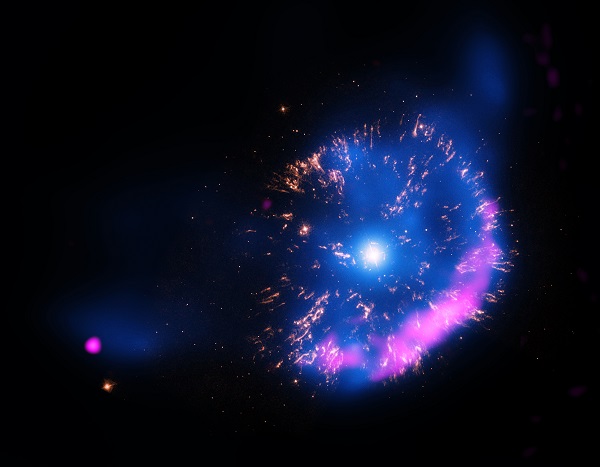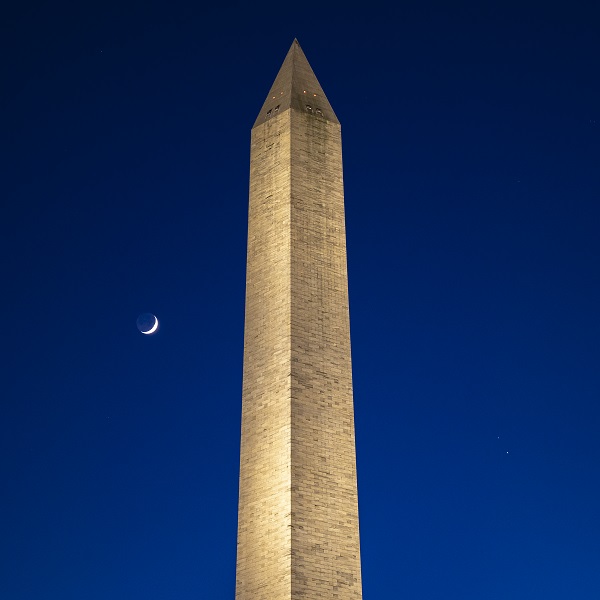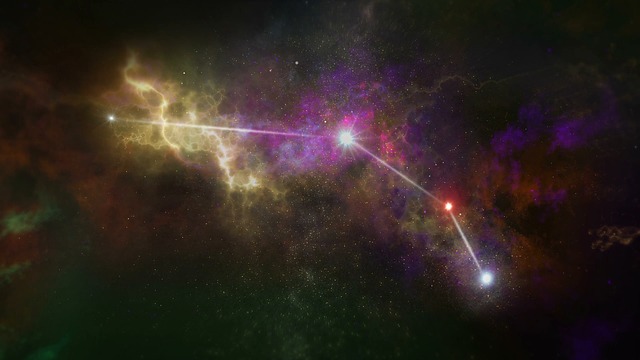Have you ever wondered what the Christmas star was? There are several astronomical events we can look at to see if there is a basis for the star mentioned in relation to the birth of Jesus.
The Bible states:
Now after Jesus was born in Bethlehem of Judea in the days of Herod the king, behold, wise men from the East came to Jerusalem, 2 saying, “Where is He who has been born King of the Jews? For we have seen His star in the East and have come to worship Him.”
7 Then Herod, when he had secretly called the wise men, determined from them what time the star appeared. 8 And he sent them to Bethlehem and said, “Go and search carefully for the young Child, and when you have found Him, bring back word to me, that I may come and worship Him also.” 9 When they heard the king, they departed; and behold, the star which they had seen in the East went before them, till it came and stood over where the young Child was. 10 When they saw the star, they rejoiced with exceedingly great joy.
– Matthew 2:1, 2, 7-10 (New King James Version)

First of all, what date and time of year could Jesus, a documented historical figure, have been born? Although Christmas is traditionally celebrated on December 25, chosen by Julius Caesar as the winter solstice in 45 BC, early Christians only began to celebrate Christmas on this date in the fourth century, perhaps to replace the pagan festivals of Saturnalia and the ‘Birthday of the Unconquered Sun’. An alternate account of the birth of Jesus from the gospel of Luke tells of shepherds watching their flocks in the fields at night; in Judea the lambing season was in spring, when shepherds would be more likely to be outside in the warmer weather. A birth in the spring during Passover would also explain why Joseph and Mary could not find a place to stay in Bethlehem, as it would have been crowded during the celebration, on top of it being a census year.
Dionysius reset the Julian calendar in the sixth century to begin with Jesus’ birth, but made a major mistake by going directly from 1 BC to 1 AD, as mathematics of the time did not include zero; he also miscalculated Augustus Caesar’s reign by about four years. We know from Matthew’s account that Jesus was born during King Herod’s reign in Jerusalem. The historian Josephus reported that Herod died between a lunar eclipse (which took place on March 13, 4 BC) and Passover (beginning on April 10). We also know from later verses in Matthew that the wise men (‘Magi’ – who could have been magicians, astronomers or astrologers, but most likely the latter) had seen the star up to two years earlier, since King Herod had all male children up to two years old killed in the region of Bethlehem to dispose of a future rival threatening his reign. That would place Jesus’ birth back to around 6 or 7 BC.
Next, the word ‘star’ in this passage was translated from the Greek word αστερα (astera/astra) from which we derive the word ‘astronomy’, but can also mean ‘planet’ or some other celestial object, such as a comet or supernova. So that opens the possibility of astronomical objects or events other than stars.
This celestial object was initially seen in the East by the wise men, but after waiting some time for King Herod to consult his advisors and meet them once again, they were then sent to Bethlehem by the Judean King. We are told that once they departed Jerusalem “the star…went before them, till it came and stood over where the young Child was.” Bethlehem is south of Jerusalem, so the object would have been seen in the East, then appeared a year or so later in the South. We’ll have to keep that in mind when considering possible candidates.

Nova or Supernova
A nova or supernova explosion was considered by astronomer Johannes Kepler in the 17th century. However, there was only one observation recorded by Chinese astronomers around the time of Jesus’ birth: a possible nova or comet in 5 BC. https://www.space.com/star-of-bethlehem On the other hand, a nova is a transient astronomical event – the explosion of, say, a white dwarf in a binary star system – that causes the sudden appearance of a bright, apparently “new” star that slowly fades over several weeks or many months. However, to fit the Biblical account there would have had to be two novae, one in the East and then one later in the South up to two years later. With only one such occurrence being recorded during this time frame, and no supernova remnant visible in the sky, this idea is not plausible.

Comet
Early theologian Origen hypothesized in AD 248 that a comet could have been what the wise men saw. Since comets move across the sky, that would correspond to Matthew’s description that the object “went before them”. It also fits the Chinese astronomers’ possible comet of 5 BC. However, a bright comet would have also been noticed by Herod’s advisors, while comets were considered bad omens – which does not correspond to the royal birth of a king.

Conjunction of Jupiter and Saturn
Kepler has also been associated with the theory that the close conjunctions of Jupiter and Saturn created a larger ‘star’, called the ‘Christmas Star’ as recently as a similar conjunction in December 2020. In reality there were three conjunctions in 6 BC when the two planets were close together in the sky, but not close enough to appear as only one object. However, this rare triple conjunction in the same year would have been clearly noticeable to Herod’s court and significant to astrologers as well, since Jupiter was associated with royalty in astrology of the time.

Alignment of Jupiter, Saturn, the Moon and Sun in the constellation Aries
Dr. Michael Molnar, an astronomer and coin collector, studied ancient Roman coins minted in the first century AD from Antioch, Syria. These coins show the constellation Aries, a ram, looking over its shoulder at a bright star. According to the Roman astrologer, Marcus Manilius, Aries was the constellation which represented Syria, including Judea. As explained by Dr. Carolyn Sumners in the planetarium show ‘Star of Bethlehem’, from 7 to 6 BC the triple conjunction of Jupiter and Saturn was an event which would have certainly attracted the attention of astrologers at the time. Then rising in the East on April 17 of 6 BC, bright Jupiter – considered a wandering star in that day – reappeared at dawn from behind the Moon, above the Sun and Saturn in the constellation Aries. For an astrologer of the past, this could have heralded the birth of Christ.
If the wise men had seen this royal harbinger in the heavens and crossed the desert to the East after the heat of summer was over, arriving in Jerusalem to speak to King Herod in search of the new king, they would have later traveled South to reach Bethlehem as directed – while Jupiter would have been in the southern sky in the constellation Aries. By December 19 of 6 BC, Jupiter would have ended its retrograde (backward) motion and seemed to stand still in Aries. Perhaps the wise men once again observed the planet Jupiter, this time appearing as a bright star ‘standing’ over the southern horizon, leading them to Bethlehem and the child Jesus (Sumners).
We may never know precisely what the Christmas star was, but this seems to be the astronomical event that is the closest to the Biblical account in Matthew.
For the month of December, join us at the George Observatory to see the stars and wondrous celestial objects of the first Christmas: the Moon, the constellation Aries, Saturn, and bright Jupiter in the night sky!
Sources:
https://www.space.com/star-of-bethlehem
https://www.space.com/14036-christmas-star-bethlehem-comet-planet-theories.html
https://www.rmg.co.uk/stories/topics/what-was-christmas-star
http://www.eplanetarium.com/shows/ddome/hmns/star_of_bethlehem/






